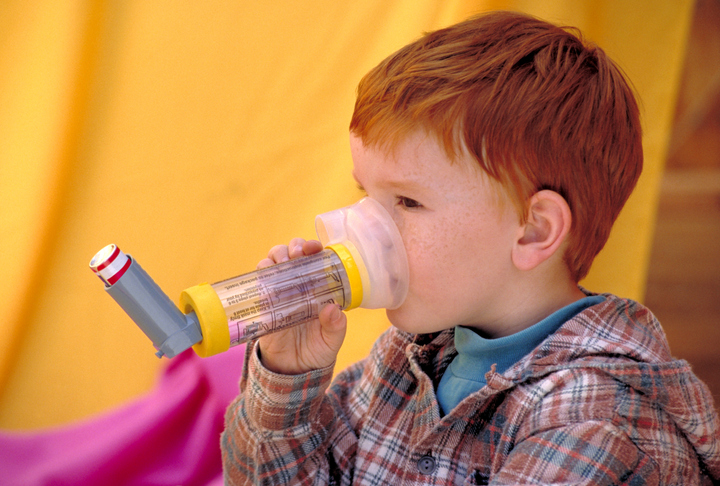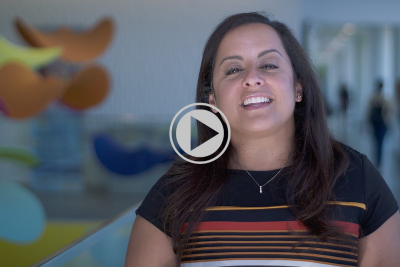According to the Center for Disease Control, 7.6% of children in the United States have asthma, so your child or a child that you know likely has it. Asthma is still one of the top chronic illnesses in children. Despite advances in asthma care, there are many emergency visits and hospitalizations in children due to asthma each year. Health care providers, parents, and patients will be happy to hear that recent guidelines may give us new approaches to better asthma management.
What are the guidelines for asthma?
In the United States, the National Asthma Education and Prevention Program (NAEPP), part of the National Institute for Health, has published guidelines to help providers and families manage asthma since 1991. The guidelines are updated periodically to keep up with the latest findings and medicines. The most current asthma guidelines were published in 2007. To bring the guidelines up-to-date and reflect recent advances, the NAEPP published the 2020 Focused Updates to the Asthma Management Guidelines. Many of the expert-recommended changes in the NAEPP guidelines echo the strategies in the Global Initiative for Asthma report. Health care providers are learning how to put the changes into practice to help patients with asthma.
What do the updated NAEPP Asthma Guidelines mean for children with asthma?
The guideline update suggests new approaches to the care of some children with asthma. The update only focused on six specific asthma topics. Some of the recommendations are based on evidence that may only apply to patients within a particular age group or those with certain symptoms. If your child’s asthma is well controlled, there is likely no reason to change your care plan. However, if their medications and Asthma Action Plan doesn’t control your child’s asthma, talking with your primary care provider or specialist might help to know if there is a new guideline-based approach that might be helpful.
Here are just a few of the approaches in the 2020 Focused Updates to the Asthma Management Guidelines that are aimed at children:
- Young children ages 0-4 years who have “viral wheezing” and only have symptoms when they have a cold or virus may be helped by starting albuterol and adding a short course of inhaled steroids at the earliest sign of getting sick. The goal is to prevent the symptoms from worsening and needing a course of oral steroids.
- Children 12 years and older with mild persistent asthma may be able to take inhaled steroid inhaler whenever albuterol is needed. This may work as well as taking a daily inhaled steroid and be easier to do.
- The guidelines describe a new preferred way to manage asthma in some children five years and older who have moderate persistent asthma. The change is called Single Maintenance and Reliever Therapy (SMART or MART). Children on SMART use the same single combination inhaler containing both an inhaled steroid and formoterol for daily prevention and relief of symptoms. This is a big change!
For so many years, we have thought of albuterol as relief and different from other inhalers used for control. Now some children can use a combination inhaler for both relief and control as long as it contains formoterol. Formoterol has the advantage of acting quickly to open airways, like albuterol, but it can last for a longer time – up to 12 hours. Only certain children are right for the SMART approach, and your health care provider can discuss this with you and your child to see if the SMART approach is the best option.
What do the updated NAEPP Asthma Guidelines mean for my child?
The new updates are exciting, but they are new. It takes a while for health care providers to begin to use new approaches. Your health care provider will be key. If your child is doing well on their current plan, they will likely continue with their plan. If your child’s asthma is not controlled, there may be help for your child in the guideline updates. Besides the changes above, many other evidence-based changes in the guideline update may also help your child. It is important to remember that every child deserves an individualized approach to managing their asthma. But the plan will only work if the provider, parent, and child agree with the plan and can carry it out. An Asthma Action Plan, education, and close follow-up will be essential for every child on any therapy.
If you want to know more, please check out these resources:






Comments